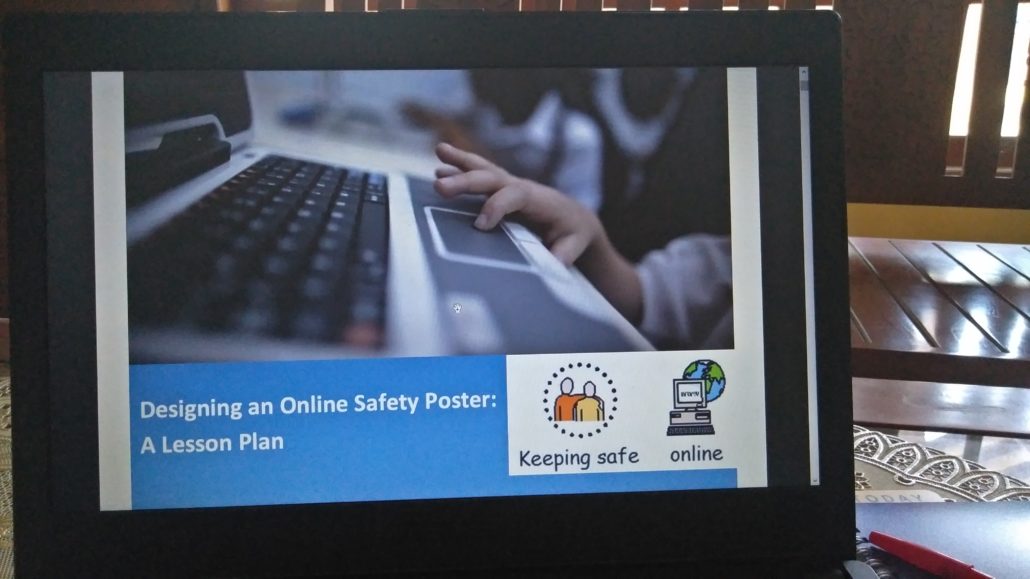Making a Lesson Plan that Works

By: Willy Prasetya, S.Pd., M.A. and Banatul Murtafi’ah, S.Pd., M.Pd.
A lesson plan (Rencana Pelaksanaan Pembelajaran (RPP)) is the backbone of a teaching and learning process. It defines learning goals that students must achieve, materials and activities to support them in achieving the goals, and assessment to measure to what extent they have achieved the goals.
You may have heard that sometimes lesson plans do not work well in the classroom, and it makes a few teachers prefer teaching without having any of them. However, the actual problem is not the lesson plan but the way how it is designed. Therefore, This article will help you understand what you should and should not do when designing a lesson plan for your English class.
Contextualize Your Lesson Plan
Despite using the same curriculum from the government, schools differ from each other in terms of policies on teaching and learning, learning facilities, and sociocultural settings. Therefore, your lesson should be planned based on your school’s characteristics.
You need to set realistic time allotment based on your school policy. The time allotment for the English subject in most public schools is different from the one in many private schools. Thus, you need to be able to adjust your learning activities according to the time allotment given by your school. If you don’t do so, your lesson will be over or undertime.
Besides time consideration, school facilities should be taken into account in designing learning activities. If your school lacks digital technology and the Internet, do not include any activities involving these things or you will end up wasting your teaching time on figuring out how to make your lesson work. Design your learning activities according to the available learning facilities.
Student proficiency and their sociocultural backgrounds should also be considered when planning a lesson. Remember that you teach your students, not yourself. Thus, taking your own point of view for your lesson plan may cause your lesson to be too difficult and culturally irrelevant to your students. What works for you as a teacher does not always work for your students. Therefore, plan your lesson by taking your students’ perspective. Your students’ learning needs and preferences should be taken into account so that what you teach can be meaningful for them.
Formulate Achievable Learning Objectives
Learning objectives are defined based on Basic Competences or Kompetensi Dasar (KD) from the curriculum. They set the direction of what students should learn and how they are assessed.
There are some crucial aspects to consider when defining learning objectives. First, learning objectives in the lesson plan must be scaffolded. It means that the first learning objective indicates the simplest expected performance, and the next ones become gradually more complicated. To do this, you should refer to Bloom’s Taxonomy and the KDs that you are going to teach. Let’s say that you are going to teach a KD that requires your students to ‘compose’ (level C6 of Bloom’s Taxonomy) a written text. For that reason, you should have six learning objectives that includes operational verbs from level C1 up to C6 of Bloom’s Taxonomy (for example: ‘identifying’ (C1), ‘explaining’ (C2), ‘classifying’ (C3), ‘correcting’ (C4), ‘validating’ (C5), and ‘composing’ (C6)).
Second, learning objectives should be measurable, meaning that students can demonstrate what is expected in the objective as the evidence of their learning. You should clearly indicate what your students should do and which language skill or learning aspect that they need to perform.
Last, when formulating your learning objectives, you should make each objective achievable, meaning that one objective should only include one specific skill or one aspect of the learning. Learning objectives are the basis of the selection and formulation of learning activities and learning materials. Thus, achievable learning objectives make it easier for you to select and design learning materials and activities. In addition, your students will also enjoy the lesson since they are not overwhelmed with abundant tasks.
Select Relevant Assessment Practices
Assessment collects evidence of students’ learning progress for the purpose of grading or giving feedback for improvement. Assessment results indicate to what extent they have achieved the learning objectives. For this reason, your assessment should be designed by referring to your learning objectives. Learning objectives that involve simple performance and lower-order thinking skills (C1-C3) should be assessed using simple assessment practices, such as identification of particular language aspects, fill in the blank, multiple choice, sentence writing, finding appropriate words/expressions, etc. For learning objectives that require higher-order thinking skills (C4-C6), complicated assessment practices, such as error analysis, finding implicit meanings, text evaluation, role play, text composition, etc., can be implemented. Just like the learning objectives, assessment should be scaffolded to ensure that your students acquire new skills and knowledge gradually. Conducting assessment without a clear sequence will definitely confuse your students and make them uninterested in your lesson.
Assessment does not only involve testing and grading (assessment of learning). In a classroom situation, you should provide your students with the opportunity to practice their skills and knowledge and get feedback to improve these aspects (assessment for learning). You should also entrust your students to monitor their own progress, make adjustments to their learning, and reflect on their learning experiences (assessment as learning). Please keep in mind that learning is a process, and students learn to acquire new skills and knowledge, not only scores and grades.
Takeaway
A lesson plan is not a mere document that a teacher prepares only for administrative purposes. It is the manifestation of your view on your students and your values on teaching. Once you make your students a priority, putting yourself in their shoes and focusing on improving their learning experiences, your lesson plan will work just fine.






Leave a Reply
Want to join the discussion?Feel free to contribute!